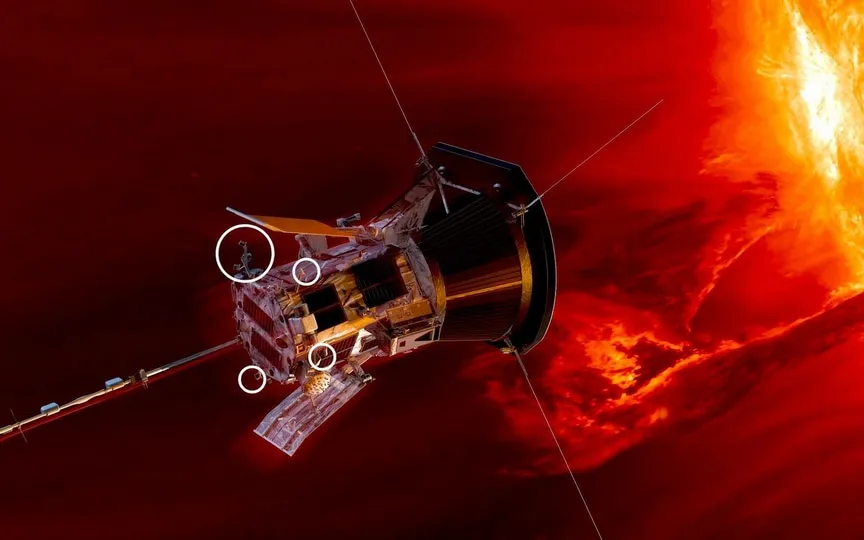Exploring Geomagnetic Storms with NASA’s Parker Solar Probe to Protect the Internet
NASA’s Parker Solar Probe (PSP) has collected vital information that could potentially prevent an internet catastrophe caused by solar storms. A recent study indicates that comprehending the source of solar wind is crucial for predicting these storms, which can cause severe damage to satellites, the power grid, and communication networks on our planet. The research team suggests that the generation of fast solar winds occurs through a process known as magnetic reconnection, where magnetic fields on the sun create solar storms that impact Earth’s magnetosphere. This, in turn, triggers geomagnetic storms on our planet, leading to the disruption of satellites, internet services, power grids, radio communications, and more.
Geomagnetic storms also generate fascinating aurora borealis. Researchers have expressed concern about a possible Internet apocalypse that could knock out the Internet for months or even years. In particular, data from NASA’s Parker Solar Probe will help unravel the mysteries of the Sun’s corona and solar wind, and perhaps even help understand how the entire process works and reduce the impact.
The research team, coordinated by Stuart D. Bale of the University of California, Berkeley and James Drake of Maryland-College Park, analyzed the data provided by the Parker Solar Probe. They identified high-energy particle streams that correspond to supergranulation streams in the Sun’s coronal holes. During the quiet phases of the Sun, these holes are often found around the poles, preventing the fast solar wind from reaching Earth. However, during the active period of the sun, every 11 years, these holes appear across the surface, creating solar wind eruptions, which can also be directed towards the Earth.
Researchers liken coronal holes to jet nozzles, where magnetic field lines travel in and out of the sun’s surface, producing evenly spaced jets. The team believes that magnetic reconnection in these funnel structures is responsible for the energy source of the fast solar wind. This breakthrough provides evidence of “bundles of magnetic energy associated with convection currents” and addresses a long-standing mystery of the solar wind, Berkeley News reports.
Understanding the mechanism behind the solar wind is crucial for practical reasons on Earth. It improves our ability to predict and mitigate geomagnetic storms that threaten communications networks. The research published in the journal Nature is a significant step towards understanding the physical phenomenon of the source of the solar wind, the corona.




